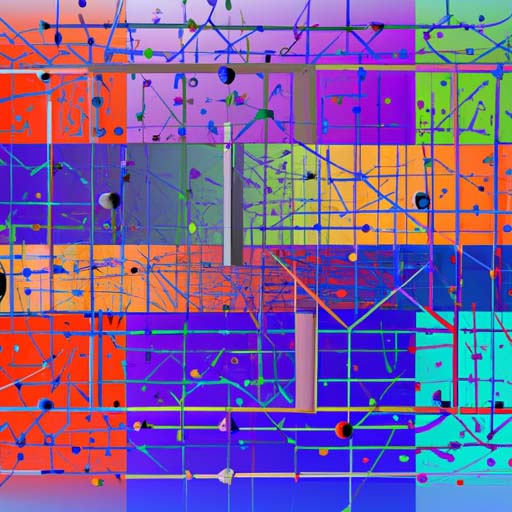The NFL’s Next Gen Stats program has revolutionized the way football is played and analyzed by providing a wealth of data and insights to inform strategic decisions and player development. This comprehensive system captures data through sophisticated technology, such as RFID tags embedded in players’ shoulder pads, which provide real-time information on player movements, speed, and positioning. The data is collected through a network of receivers strategically positioned throughout stadiums and processed in real-time using cloud computing provided by Amazon Web Services (AWS).
Machine learning algorithms play a crucial role in analyzing the massive volume of data generated by the Next Gen Stats program. These algorithms sift through the data to identify patterns, tendencies, and strategic insights that may elude human analysis. The insights derived from this analysis have not only enhanced the viewing experience for fans but have also impacted game strategies, player development, and injury prevention.
Next Gen Stats capture a wide range of metrics, including player speed and acceleration, route-running efficiency, distance between players, quarterback decision-making, and passing efficiency. These metrics provide a comprehensive understanding of player performance and game dynamics and can be utilized by coaches to tailor game plans, optimize player matchups, and make informed decisions in critical moments of the game.
The impact of Next Gen Stats on the game of football has been significant, leading to a more diverse and innovative playbook, a more engaged and knowledgeable fan base, and a proactive approach to player health and injury prevention. Coaches now have access to real-time data that allows them to adjust strategies on the fly and exploit opponents’ weaknesses with surgical precision.
Looking ahead, the future of Next Gen Stats is likely to involve the integration of biometric data into player analytics, the development of more sophisticated machine learning algorithms for predictive insights, the incorporation of augmented reality experiences for fan engagement, and the use of biomechanical data for personalized training regimens. The influence of Next Gen Stats may also extend to lower levels of football, shaping the coaching methodologies and player development programs of the future.
